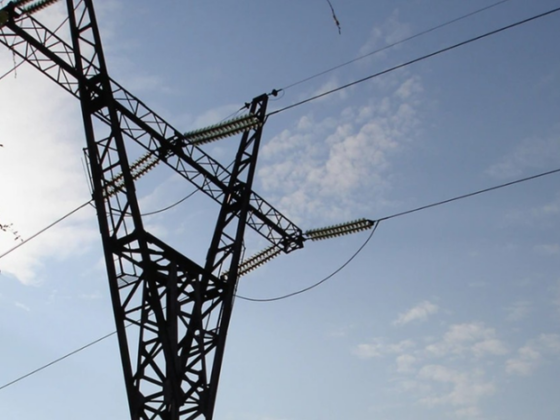Everyone who was interested in landscape design knows that such an element as the gazebo is indispensable in any garden. The main ones are three varieties of arbors: closed, living and barbecue arbors. Closed gazebos are a small -sized pavilion, with lattice or solid walls. They can even be in the rain in them, and if desired to use heating sources to arrive in the cold times of the year. Living gazebos are created both with the help of a metal, wooden frame, and simply from plants and shrubs by interweaving their stems. It is clear that such arbors can only be used in the warm season. Barbecue arbors are preferable to companionable people. These gazebos, as a rule, are large in order to accommodate the table, barbecue and guests.
What materials are needed for the manufacture of a particular gazebo. There are many options. For example, everyone knows that fences are made from a profiled sheet, but from it you can create walls, or the roof of the gazebo. Also, a metal tile, a properly processed tree, slate, or special gratings, which will subsequently draw up plants will be suitable for the roof.
As for the walls, there are even more options here: wooden walls are made from timber, racks, a massif of wood, weaving willow vine. For walls of stone, natural rocks are taken in the form of processed and raw stones, or columns, carved from whole stone. Forged gazebos are created from metals by art forging. PVC is used for plastic walls, sometimes with additional reinforcement of the loading elements with metal. The brick walls of the gazebo outside are made by decorative masonry, or lined with tiles.


